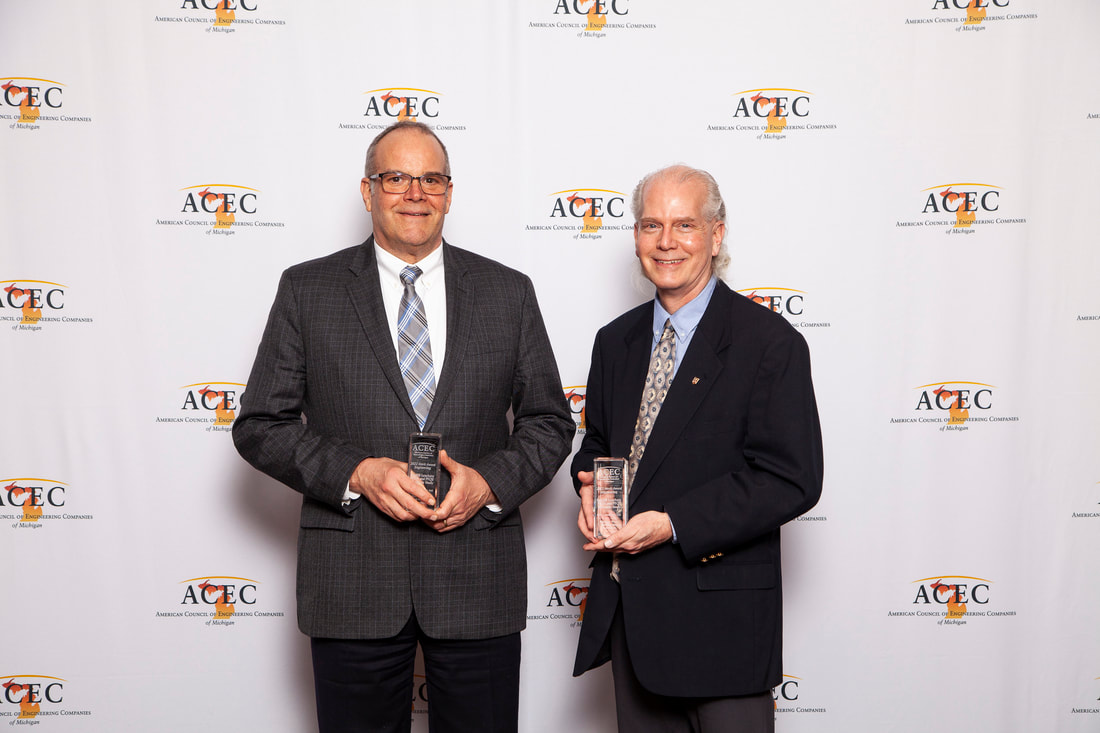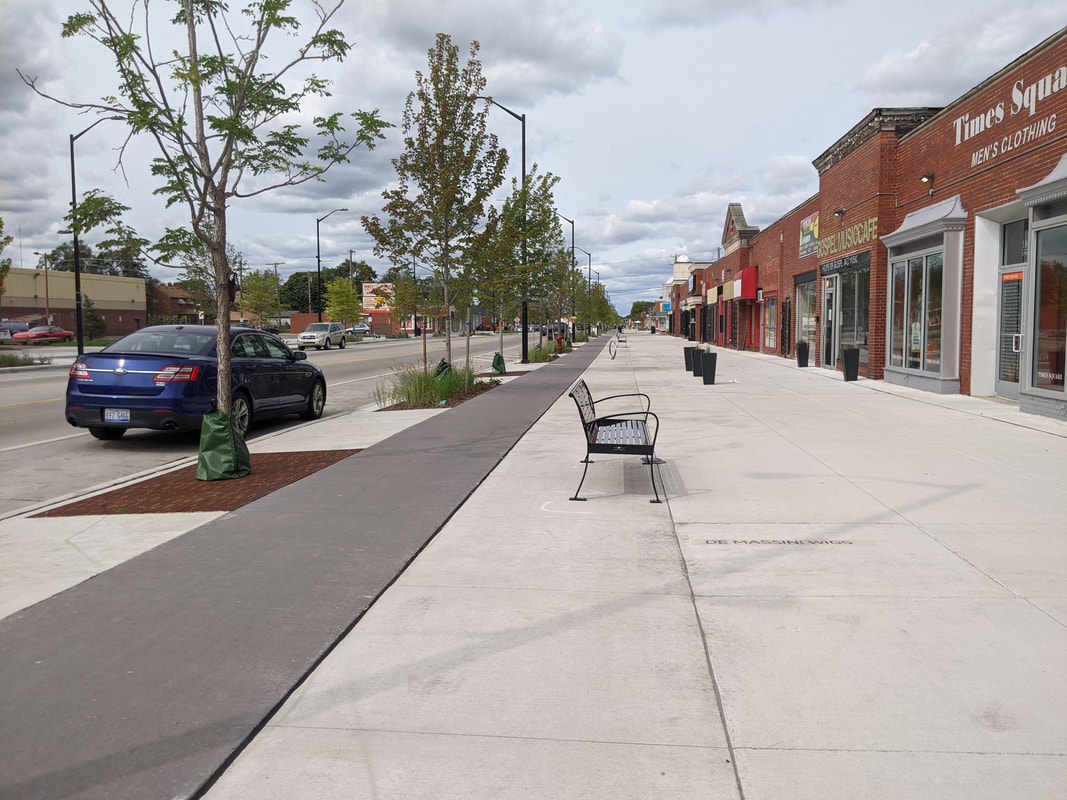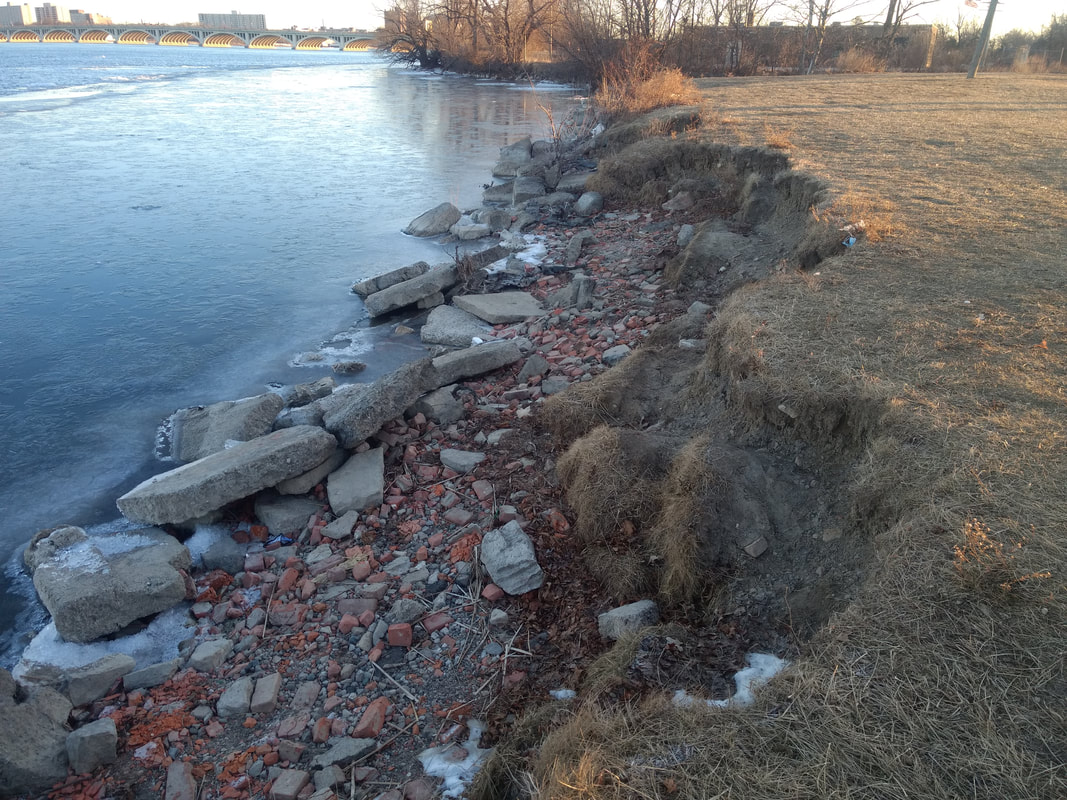In 2019, Michigan’s Department of Environment, Great Lakes, and Energy (EGLE) launched the Industrial Pretreatment Program (IPP) PFAS Initiative to identify, reduce, and eventually eliminate discharges of certain Per- and polyfluoroalkyl substances (PFAS) to surface from industrial sources (including landfill leachate) that may pass-through water resource recovery facilities (WRRF) and impact surface water resources. In response, the Michigan Waste and Recycling Association (MWRA) contracted NTH to conduct a first-in-the-nation, statewide study of PFAS in leachate from 32 member landfills discharging to multiple WRRFs s in Michigan. This important project was completed in collaboration with EGLE and the Michigan PFAS Response Action Team (MPART).
According to J. Kevin Kendall, President of MWRA, "the MWRA members believe that the work NTH provided was critical to understand the “PFAS cycle” to help identify all societal sources of PFAS that discharge to WRRFs (i.e., landfills, other industries, commercial operations, and residential properties). NTH also assisted in developing Best Management Practices to reduced concentration and mass of these “emerging contaminants” ultimately discharged to surface water resources."
NTH’s report is now being used as a model nationwide for similar statewide projects to expand knowledge of the impacts of PFOA and PFOS in landfill leachate on WWRF influent.




 RSS Feed
RSS Feed